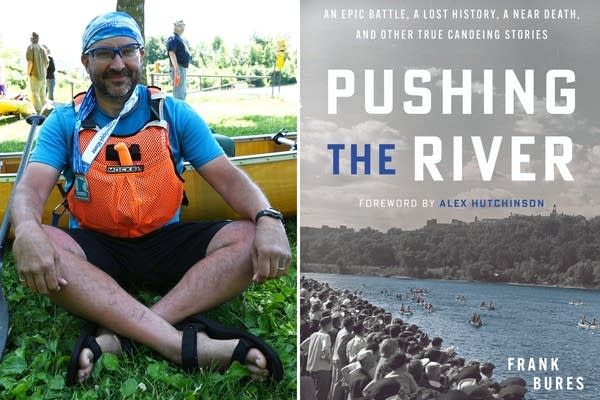Author Frank Bures on canoeing, forgotten races and a brush with death on the Mississippi

Frank Bures’ new book "Pushing the River" blends history and personal adventure to bring the spirit of the Mississippi to readers — whether or not they can get on the water themselves.
Photo by Mike Dvorak, courtesy of Frank Bures
Go Deeper.
Create an account or log in to save stories.
Like this?
Thanks for liking this story! We have added it to a list of your favorite stories.


